 Best Christmas Ever! (Pizza and Taco #8) by Stephen Shaskan
Best Christmas Ever! (Pizza and Taco #8) by Stephen Shaskan Series: Pizza and Taco #8
Published by Random House on 10/01/24
ISBN: 0593703499
Genres: Humor
Format: Graphic Novel
Source: MSL Book Review
Goodreads

Young readers will enjoy this installment of the popular Pizza and Taco series. In this graphic novel, Pizza and Taco are preparing for Christmas. They carefully make lists of all the toys they want. They also try to out-do one another in being nice because they know Santa Slaw is watching. On Christmas morning, they are initially disappointed because they didn’t receive everything they asked for, but then they realize that the best present is their friendship. This book is ideal for any library that serves newer readers in Kindergarten or 1st grade. Most of the pictures are simple yet humorous, especially the facial expressions, and there isn’t much text on each page. Libraries that already have books in this series should consider adding this graphic novel to their collection.
Reviewed by Lindsay Varnum, Orono Public Library
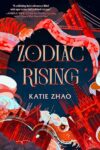 Zodiac Rising (Descendants of the Zodiac, #1) by
Zodiac Rising (Descendants of the Zodiac, #1) by 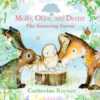 Molly, Olive, and Dexter: The Guessing Game by
Molly, Olive, and Dexter: The Guessing Game by  The Missing: The True Story of My Family in World War II by
The Missing: The True Story of My Family in World War II by 
 The Goblin Twins: Too Hard to Scare by
The Goblin Twins: Too Hard to Scare by  My Olive Tree by
My Olive Tree by 
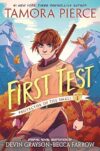 First Test Graphic Novel (Protector of the Small, #1) by
First Test Graphic Novel (Protector of the Small, #1) by 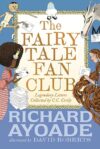 The Fairy Tale Fan Club: Legendary Letters Collected by C.C. Cecily by
The Fairy Tale Fan Club: Legendary Letters Collected by C.C. Cecily by 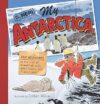 My Antarctica: True Adventures in the Land of Mummified Seals, Space Robots, and So Much More by
My Antarctica: True Adventures in the Land of Mummified Seals, Space Robots, and So Much More by 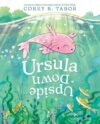 Ursula Upside Down by
Ursula Upside Down by